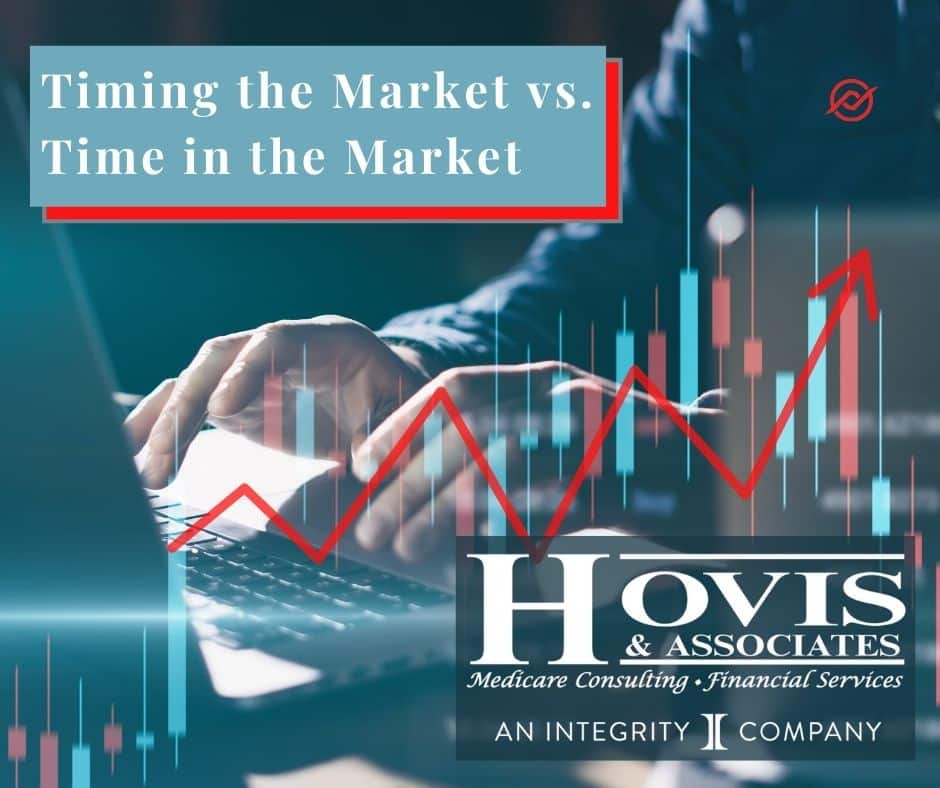For those who have been investing for years, you’ve likely heard and witnessed this adage: it’s not timing the market, but time in the market that matters. For those who are new to investing, this may not sound like a big distinction, so I’ll explain why this concept is key.
Many people try (and fail) to time the market when they buy and sell their holdings. Their goal is usually to buy at a low price and sell at a higher price. Sounds easy, right? It’s not. Without a crystal ball to predict what the market or a particular investment will do, we are all simply guessing. We succumb to our emotions and biases or react on impulse to news headlines or just simply can’t stomach the rollercoaster ride of the stock market. That’s why statistically the average investor earns below-average market returns. In a study by Dalbar, Inc., they found that for the 20-year period ending December 31, 2019, the S&P 500 averaged 6.06% per year, while the average fund investor earned only 4.25% ¹
What is driving these below-average returns? Many times, it’s investors trying to time the market, when in fact, they end up buying or selling at the wrong times. They may hear of an investment that has performed well and decide to jump on the bandwagon. But that great performance is in the past. There are no guarantees that good performance will continue. By buying when the investment is up in value, they may be buying high. Let’s say they buy high on this investment. Now fast forward to a time when the market is volatile. Investors may become nervous and worried, especially when they see their investments drop in value. So, they panic and sell this same holding. Now they’ve just sold low. They bought high and sold low; that math doesn’t equate to a profitable return. This is an example of trying to time the market.
We’ve all heard the saying “slow and steady wins the race.” That can also be applied to investing. When we talk about time in the market, we refer to the potential gains an investor may see over time from compounding their returns. But this doesn’t happen overnight; instead, it takes years of small gains (and sometimes losses) before we see the larger compounding effect on our accounts. It takes patience; it takes tenacity; it takes commitment. By developing an investment strategy, and sticking to that plan, investors can realize their long-term financial goals.
At Hovis & Associates, we consult with our clients to develop a customized investment strategy based upon their unique financial goals. For a fresh perspective on your investments, call our offices to schedule a meeting.
¹ https://www.thebalance.com/why-average-investors-earn-below-average-market-returns-2388519

